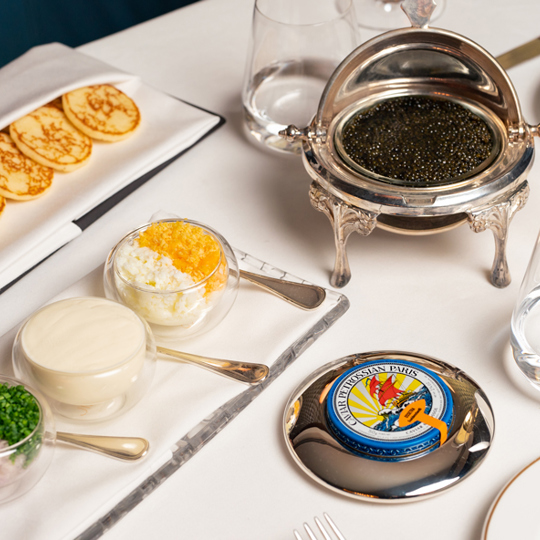Corrigan's Guide to Caviar
Do you know your Kaluga from your Beluga? Get prepared for your next event with the Corrigan's guide to Caviar!
The world of Caviar can seem like a daunting place for the uninitiated, but it’s much easier to navigate and understand than you’d think!
The first post in our new series to help you understand the world of roe, we’re here to break down the different types of Caviar to select from, to ensure you’re choosing the best roe for you!

Types of Caviar
The type of Caviar essentially boil down to what type of fish it comes from. The caviar purists out there will insist that only roe from wild sturgeon in the Caspian and Black seas can be considered true caviar, but roe from other species of sturgeon or other fish can also come under the same umbrella.
The Sturgeon is one of the oldest fish breeds in the world, dating back to a time when much larger creatures were roaming the earth. It is believed that their appearance has changed very little in all this time, so if you want to see a living dinosaur which can live to up to 120 years old – let’s head to the Caspian Sea!
Ossetra Caviar
Ossetra is the first of our Sturgeon species from which the best caviar is traditionally found. The caviar itself is known for having a nutty, creamy flavour, with a burst that shares the flavours of the sea. The eggs vary from black to dark brown, and lucky diners can occasionally find specks of gold or white on rare occasions.
Sevruga Caviar
Sevruga Caviar is a little smaller than its Ossetra cousin, but still packs a punch. The colour can range from light grey to charcoal, and they’re extremely delicate due to the size. The Sevruga roe come with less of a pop, and more of a melt in the mouth texture. Flavour wise, you can expect a complex mix of creaminess, hazelnut and butter on the palate.